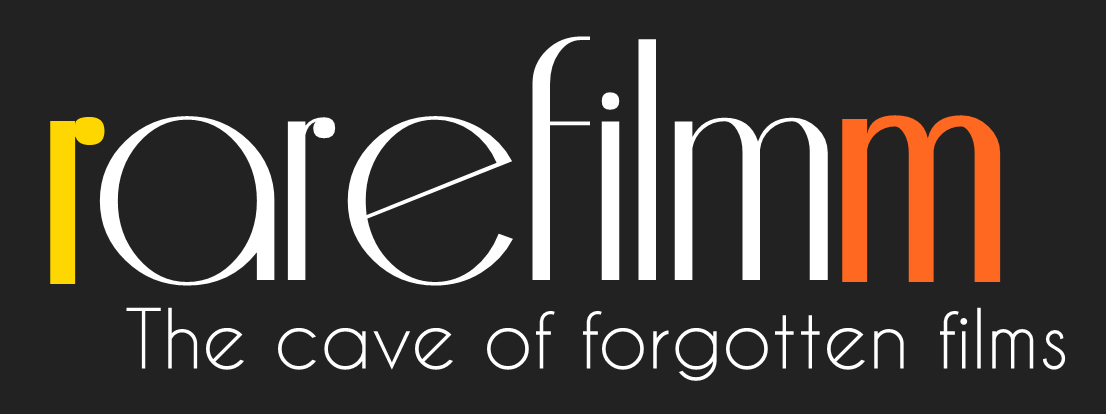A story of a wire man who carried the idea of protecting himself from people around him to an absurdity by turning his wife and dog into barbed wire and thus isolating himself from the surrounding world.
Category: Short
Set in 1955, Sadako and the Thousand Paper Cranes is the true story of Sadako Sasaki, a young Japanese girl, on the threshold of adolescence, who developed leukemia from radiation caused by the bombing of Hiroshima. While hospitalized, her closest friend reminded her of the Japanese legend that if she folded a thousand paper cranes, the gods might grant her wish to be well again. With hope and determination, Sadako began folding.
This student film takes a look at the small town of Camden during the 1960s. Much of the town is focused on the locomotive and logging industry created by the W. T. Carter and Brother Lumber Company in 1898. The film revolves around interviews with Camden residents. Former logging employees, a hotel owner, a family, and a pastor all briefly describe their lives and rolls in the old town. By the end of the film, the narrator recounts possible modernization and decreasing poverty in the future with the sale of W. T. Carter and Brother Lumber Company to the United States Plywood Corporation.
Documenting and contrasting children’s youthful beauty with the squalor, hardship and wasted potential of their daily lives; students learning how their counterparts really live and are encouraged to think about what these children need to thrive.
Two neighbours live in the same house as the best friends until one of them buys a small harmonica and starts to play in a unbearable way. The other one takes his revenge and answers with some intolerable play on a larger accordeon. They start a competition, using bigger and bigger instruments. Other neighbours join them in a dreadful ear-splitting noise. This infernal sounds provoke some unwanted consequences, all because of a small »Piccolo« accordeon.
Filmed in Brooklyn, Image in the Snow is an early underground “trance film” in which “a young man led by despair searches a city for salvation” (director Willard Maas’ own description). He takes the Myrtle Avenue el. and finds his “ideal parents” represented as carved stone figures on a tomb in the old part of Mt. Olivet Cemetary. Although not as highly regarded as Geography of the Body or as ostentatious as Narcissus in its own time, Image in the Snow has become the most frequently revived of Willard Maas’ thematic, non-documentary films.
A surreal piece of cinema, mostly comprised of stark religious and homoerotic imagery, accompanied by increasingly dissonant music (starting with ‘The Unanswered Question’, and getting more jarring as the movie progresses.
